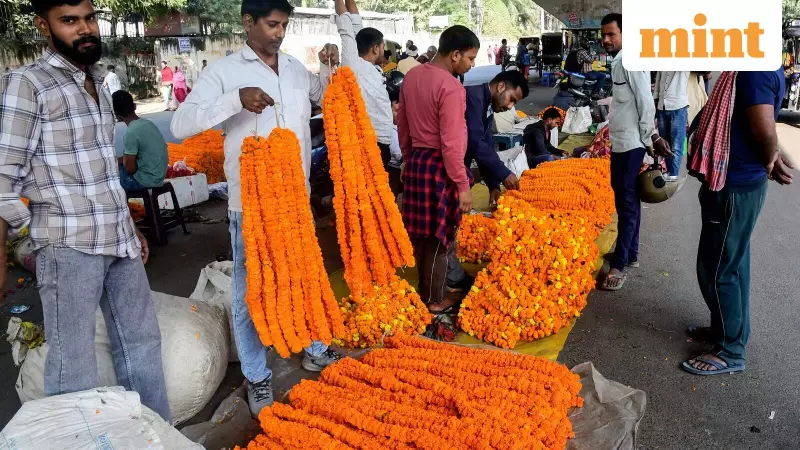
As vote counting for the Bihar Assembly elections progresses on November 14, 2025, early trends indicate a significant lead for the National Democratic Alliance (NDA), pointing towards a potential comeback for Chief Minister Nitish Kumar. This political development unfolds against the backdrop of a state that continues to grapple with profound economic challenges, remaining India's poorest.
The Stark Reality of Bihar's Economy
The core of Bihar's development struggle is captured by its per capita income. According to recent data, the state's per capita Net State Domestic Product (NSDP) stood at a mere ₹32,227 at 2011-12 prices in FY24. This figure paints a grim picture of the average economic well-being of its residents.
To put this into perspective, the income of an individual in Bihar is just one-sixth of the per capita income in a leading state like Gujarat. Even when compared to its neighbor Uttar Pradesh, Bihar's per capita income is only two-thirds, highlighting a significant intra-regional disparity.
Roots of the Problem and Glimmers of Hope
The reasons for Bihar's entrenched poverty are twofold. There are historical factors where the state has traditionally lagged, compounded by a contemporary lack of progress on investments. The state's economy maintains a continued heavy reliance on agriculture, which has not been able to fuel sufficient growth or create enough jobs.
However, this does not mean the state is stagnant. In recent years, Bihar's Gross State Domestic Product (GSDP) growth has consistently surpassed the all-India growth rate. This indicates that the state is indeed on a path of economic expansion. The catch, however, is its extremely low starting point. Given this low base, it will take many years of sustained high growth for Bihar to shed its 'poorest state' tag.
The Migration and Unemployment Crisis
One of the most visible consequences of the state's economic situation is the exodus of its workforce. A lack of employment opportunities has forced a large number of people to migrate to other states in search of jobs, making this a major issue during the poll campaign.
Despite numerous promises of development and job creation, Bihar continues to suffer from a high unemployment rate, particularly among its youth. This indicates a failure to translate overall economic growth into tangible job opportunities for its productive young population.
The fundamental reason for this continued poor performance is a lack of investments and a focus on capital expenditure. An analysis reveals that Bihar's capital expenditure has lagged behind many of its peer states with similarly low per capita incomes, such as West Bengal, Uttar Pradesh, Madhya Pradesh, and Jharkhand.
As Bihar appears set to re-elect its current government, the central challenge of development remains. For the state to truly progress and leave its unenviable economic status behind, it will require a concerted effort to boost investments, increase capital expenditure, and create more jobs to retain its workforce within the state.





